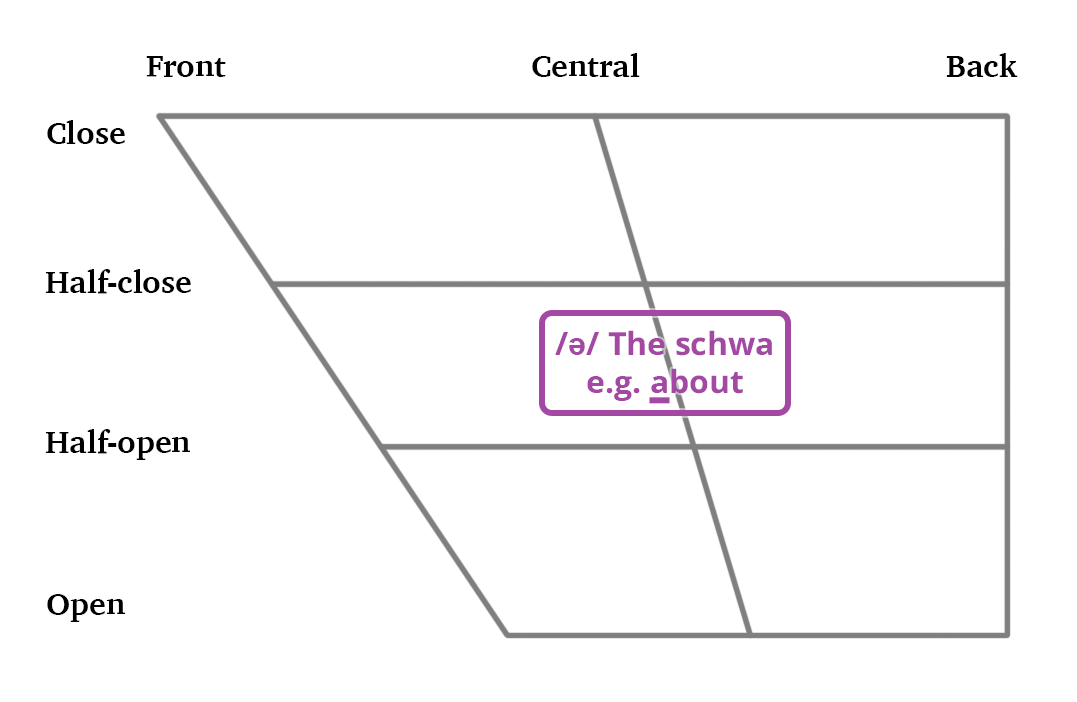Monophthongs
A monophthong is a single, unchanging vowel sound. ‘Mono-‘ means one. Your lips and tongue do not move at all during the articulation of the sound. There is no significant change in quality or length when producing the sound. When producing vowel sounds, one should pay attention to the resonance effect produced by the position of the articulators in the oral cavity. The three parameters to be considered are the height of the tongue, the backness of the tongue, and another resonator – the position of the lips.
In the far-left column of the table below, you will find the descriptions of how the vowel sounds should be made:
- According to the height of the tongue, the vowel sounds can be high, mid, or low.
- According to the backness of the tongue, the vowel sounds can be front, central, or back.
- According to the rounding of the lips, the vowel sounds can be spread, rounded, or neutral.
To help you understand better the quality and length of the sounds, demonstrative videos were made for your reference. Some sounds were put in pairs for ESL students to make comparison.
Special thanks to Ms Yolanda Ko, a former student of LUE3003, for demonstrating some of the videos below.Pronounced in the front part of the vocal tract, with the tongue half-closed to the roof of the mouth and the lips in a spread position.
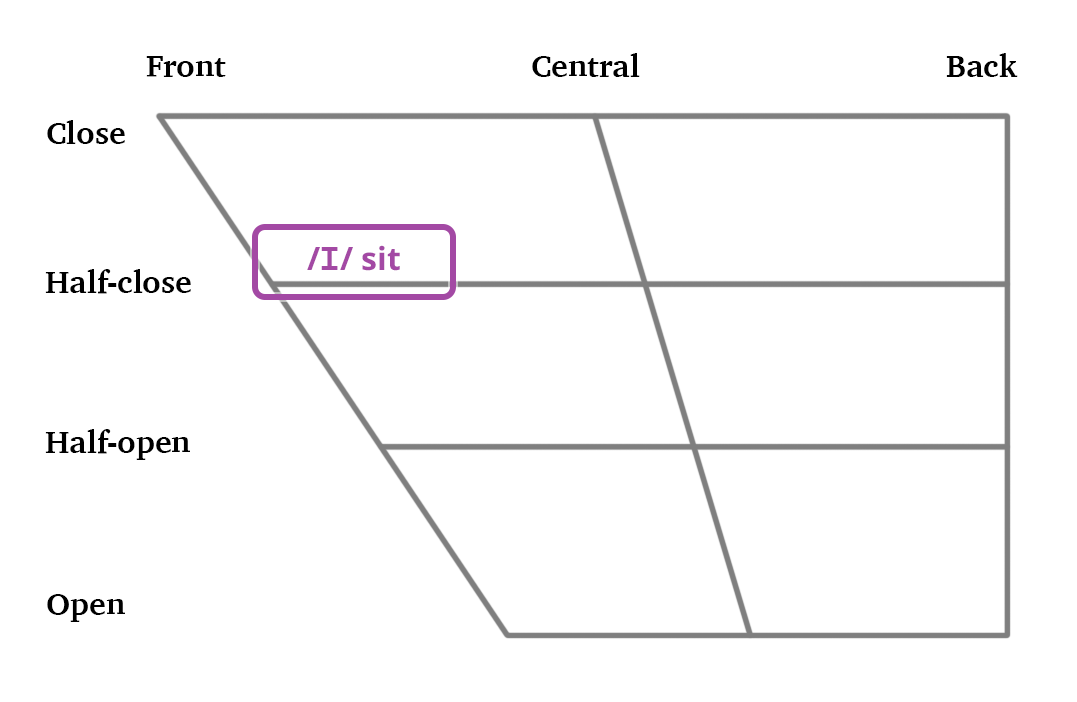
Articulated in the front part of the vocal tract, with the tongue close to the roof of the mouth and the lips in a spread position.
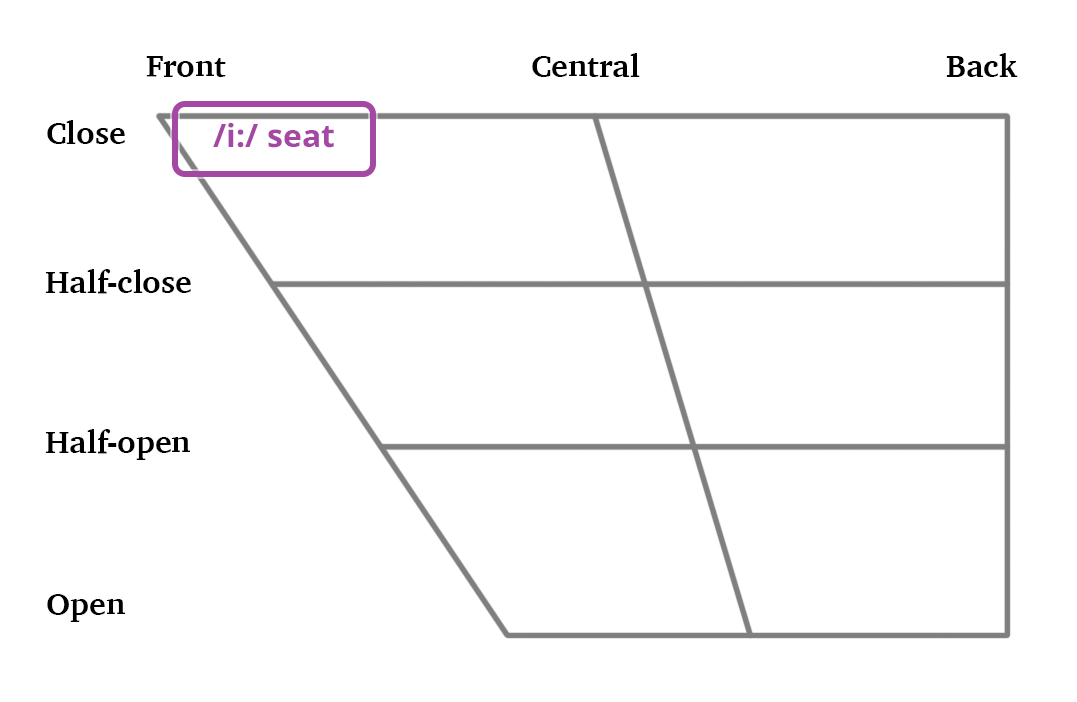
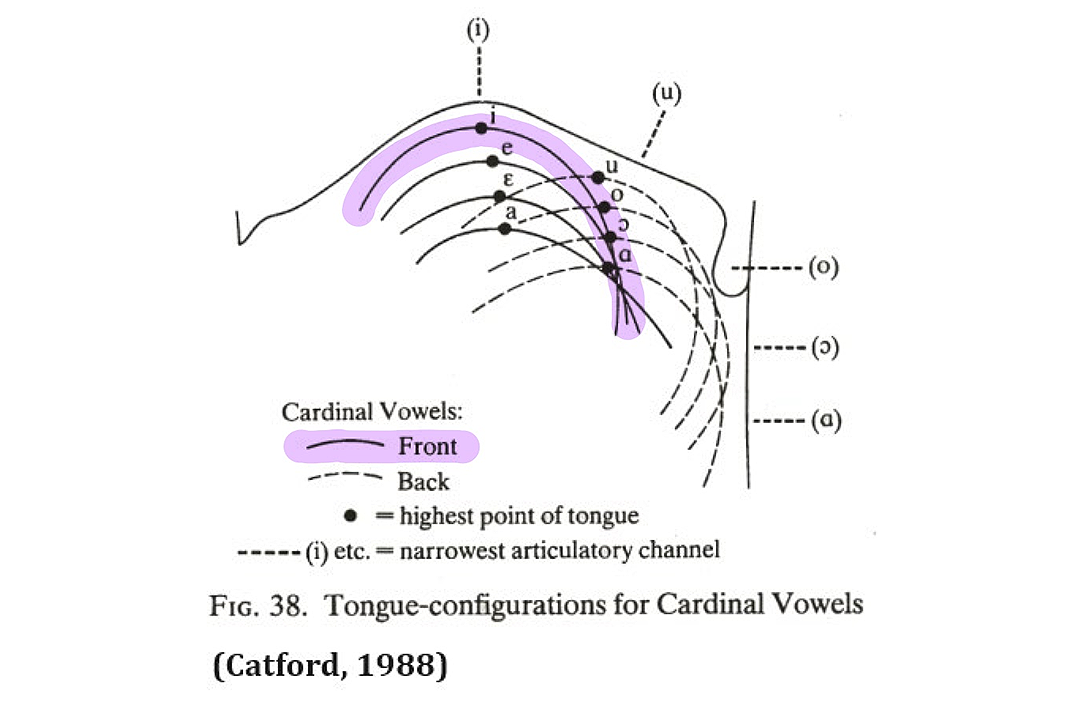
Produced in the central part of the vocal tract, with the tongue close to the roof of the mouth and the lips in a rounded position.
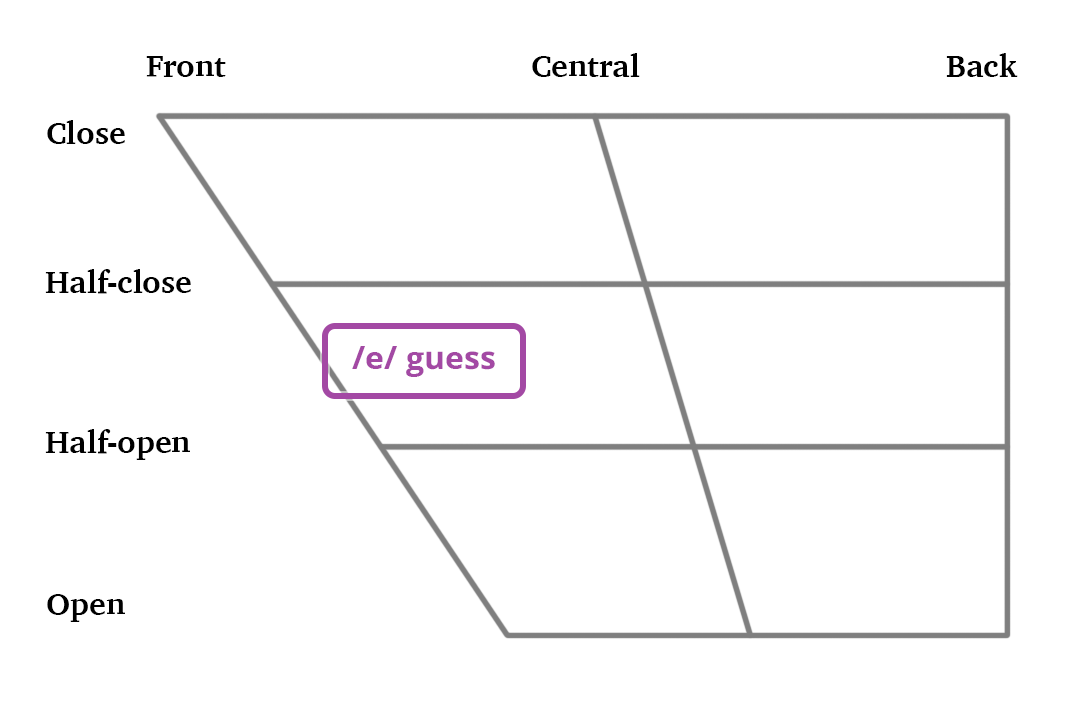
Articulated in the front part of the vocal tract, with the tongue half-open and the lips in a spread position.
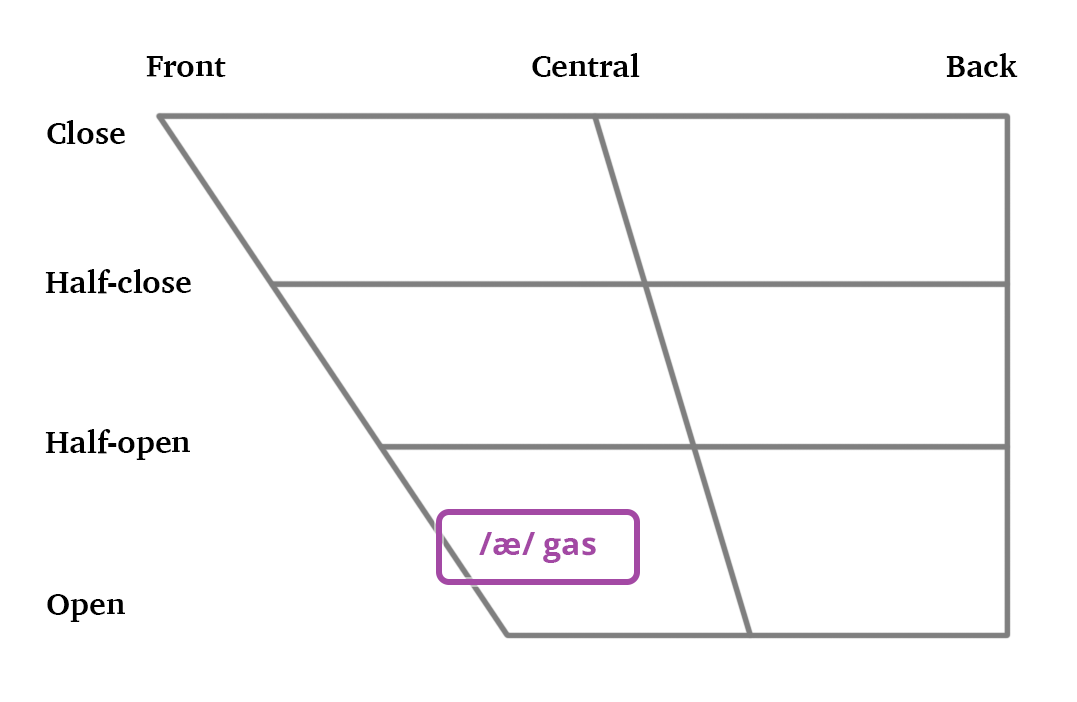
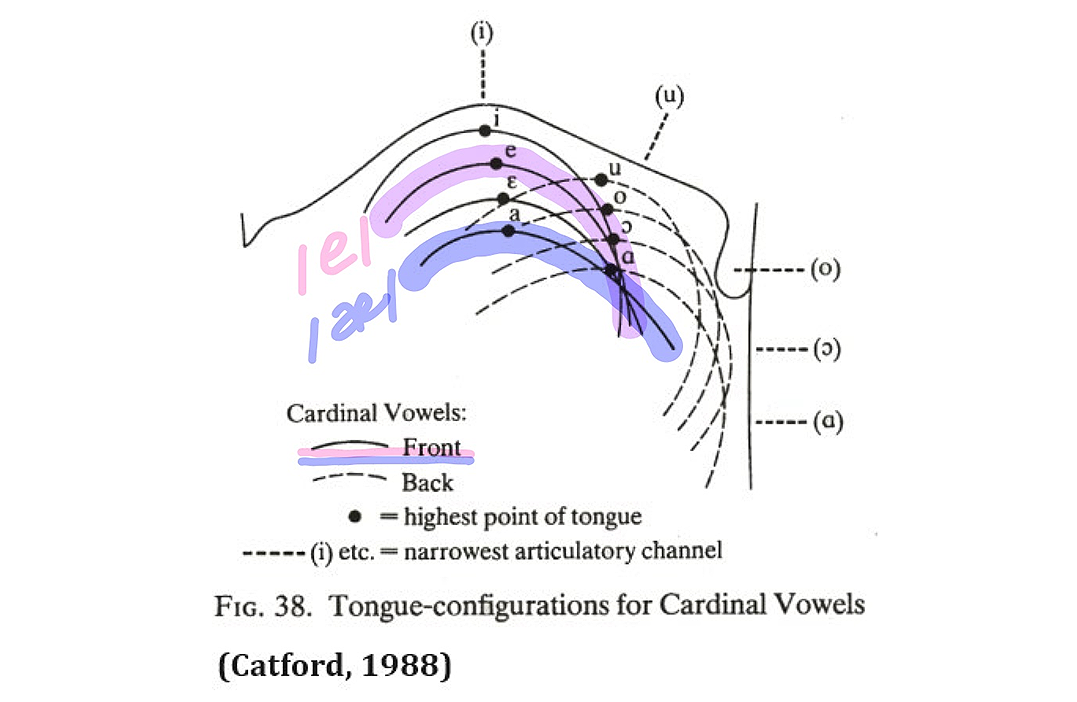
Produced in the central part of the vocal tract, with the tongue close to the roof of the mouth and the lips in a rounded position.
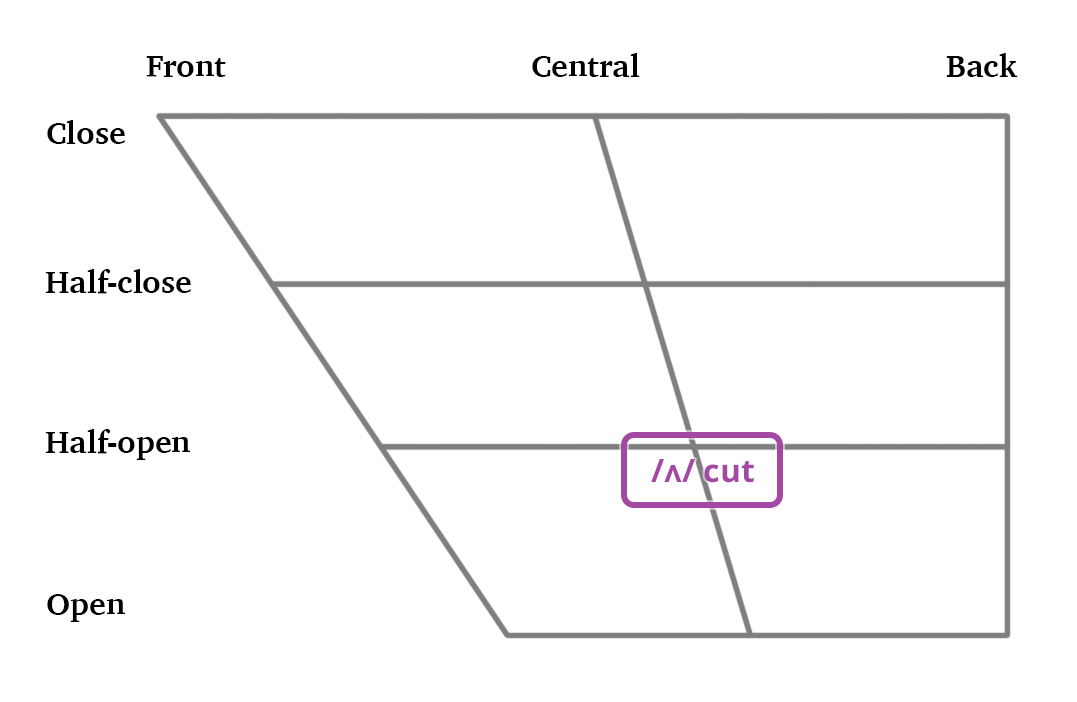
Articulated in the front part of the vocal tract, with the tongue half-open and the lips in a spread position.
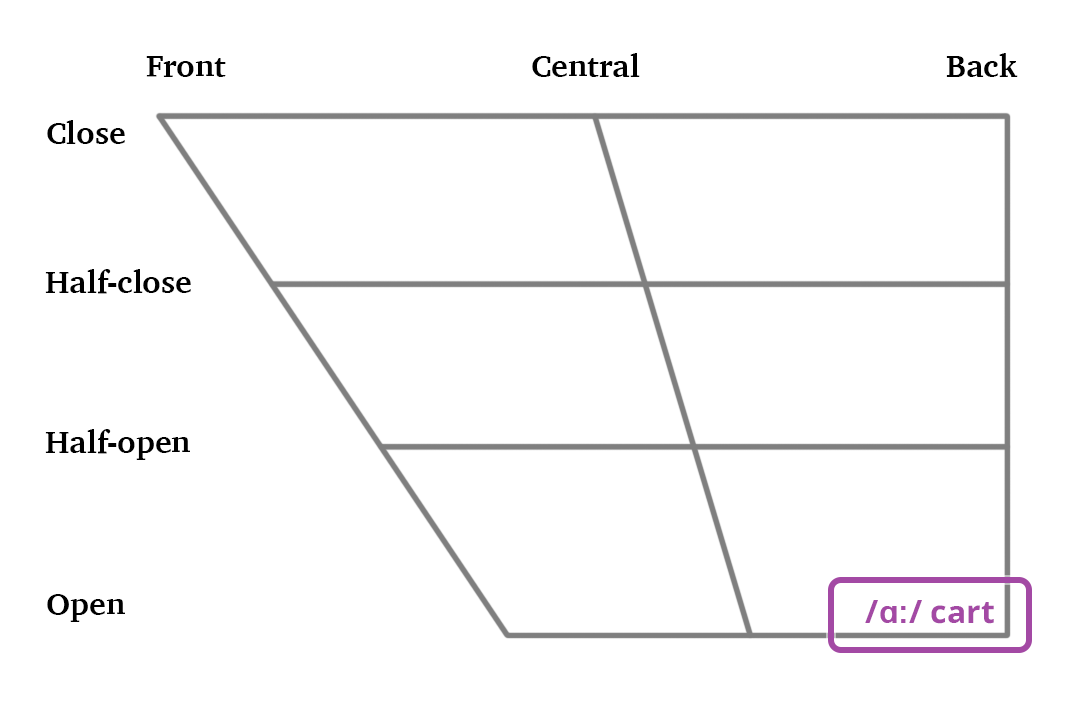
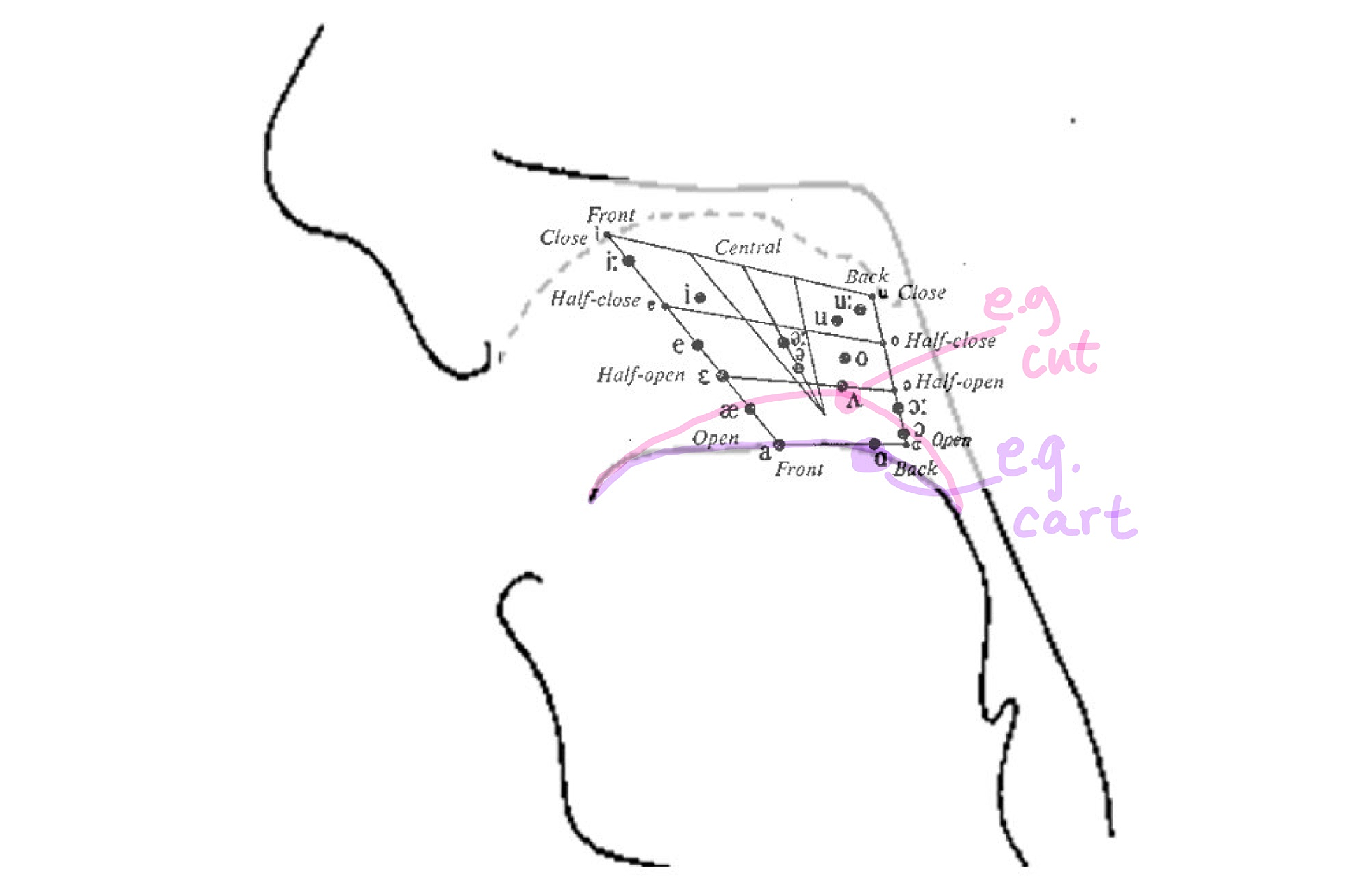
Produced in the back part of the vocal tract, with the tongue close to the back of the roof of the mouth and the lips in a rounded position.
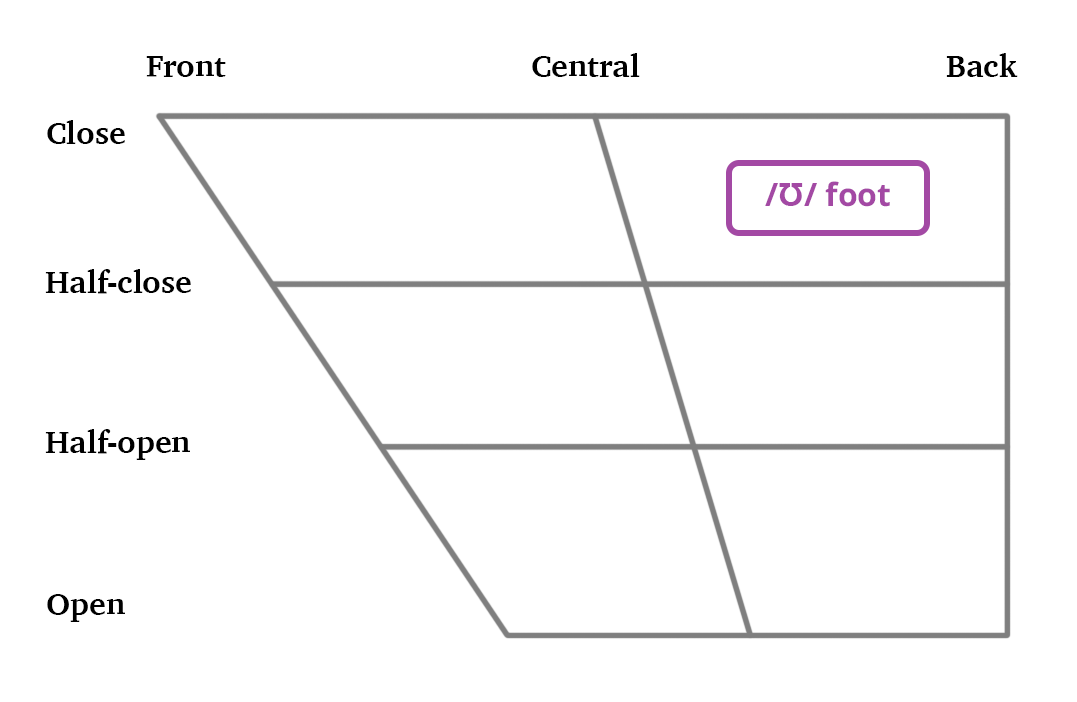
Articulated in the back part of the vocal tract, with the tongue close to the roof of the mouth and the lips in a rounded position.
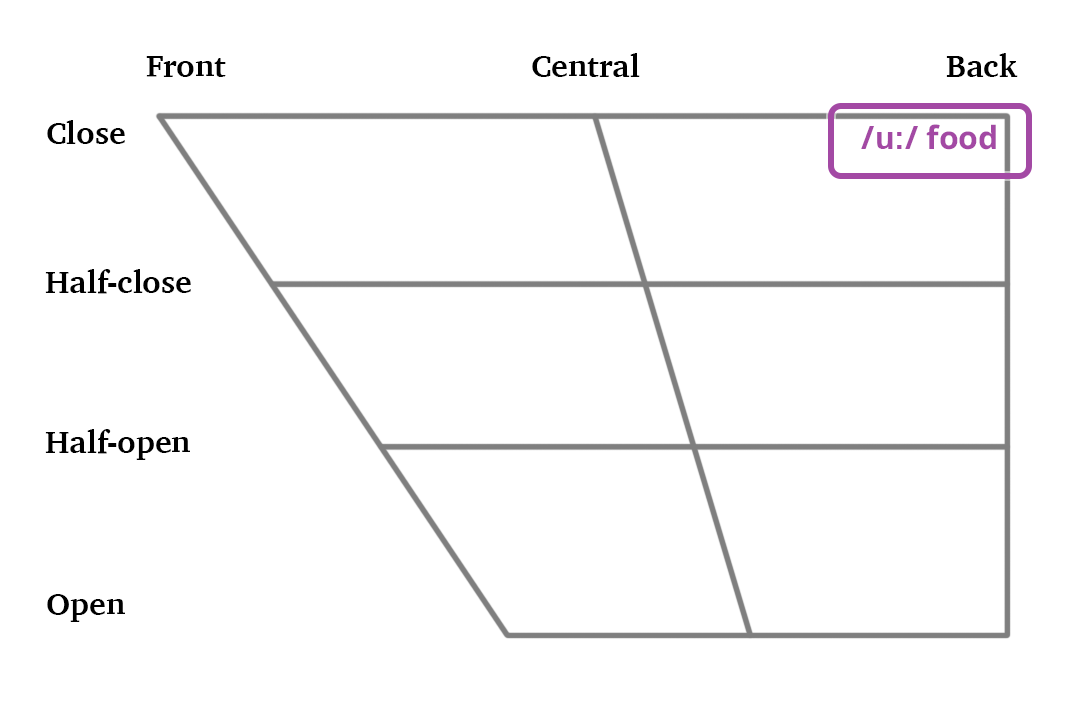
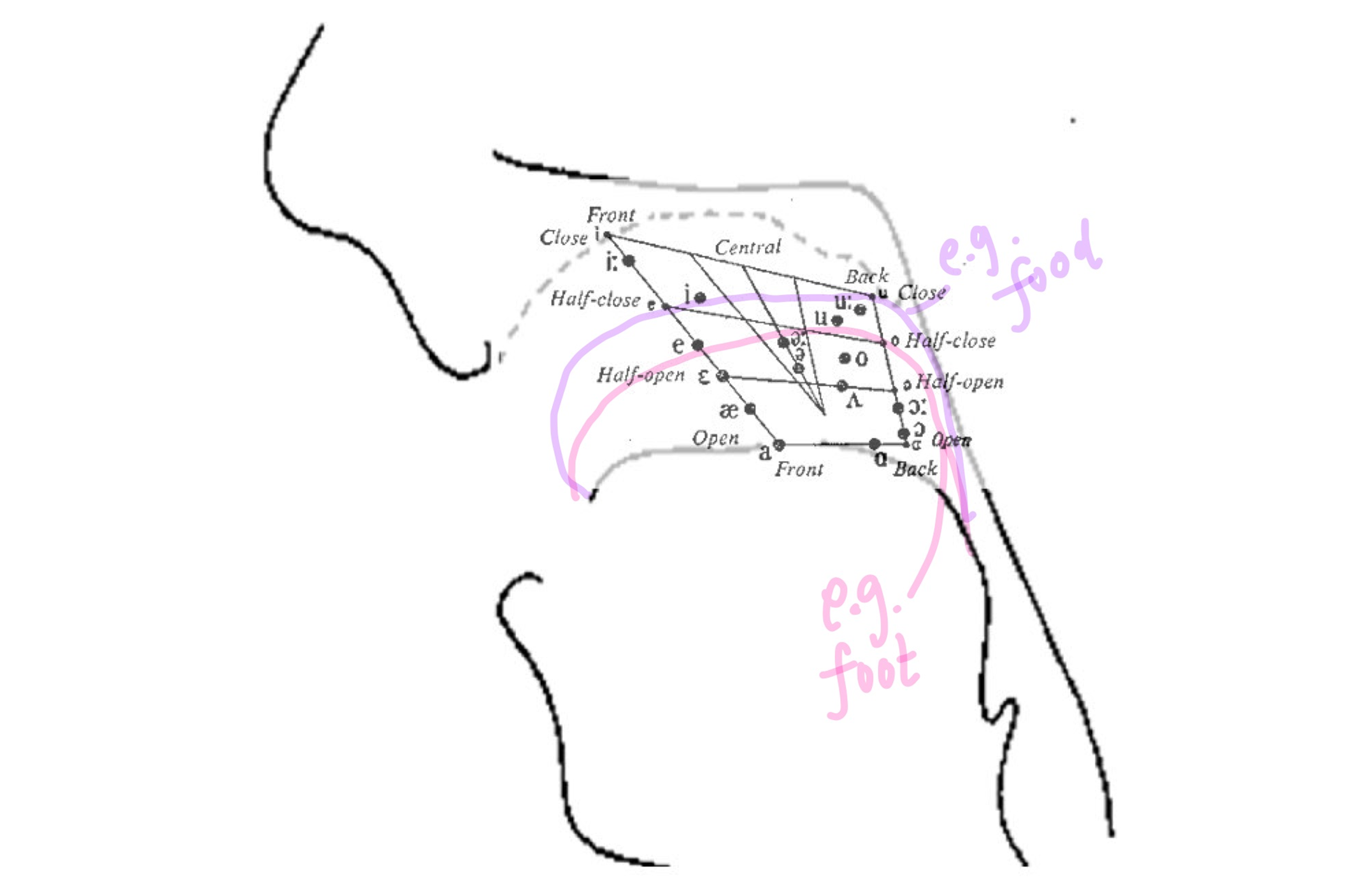
Produced in the back part of the vocal tract, with the tongue open and low in the mouth, and in a rounded position.
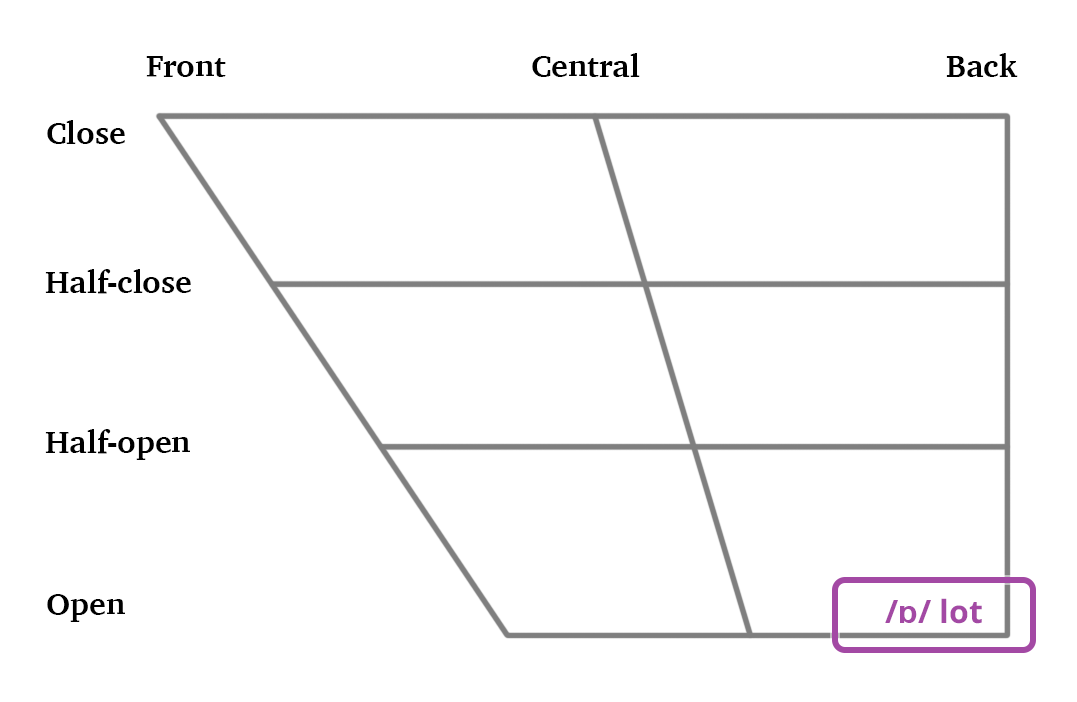
Articulated in the back part of the vocal tract, with the tongue partly opened and the lips in a rounded position.
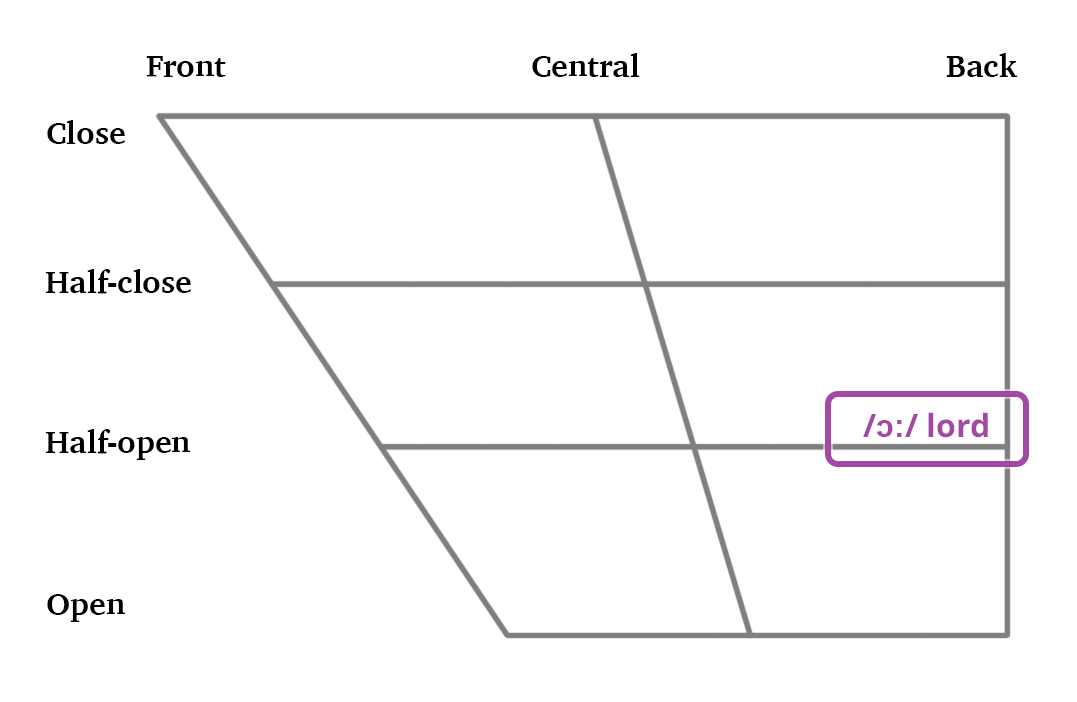
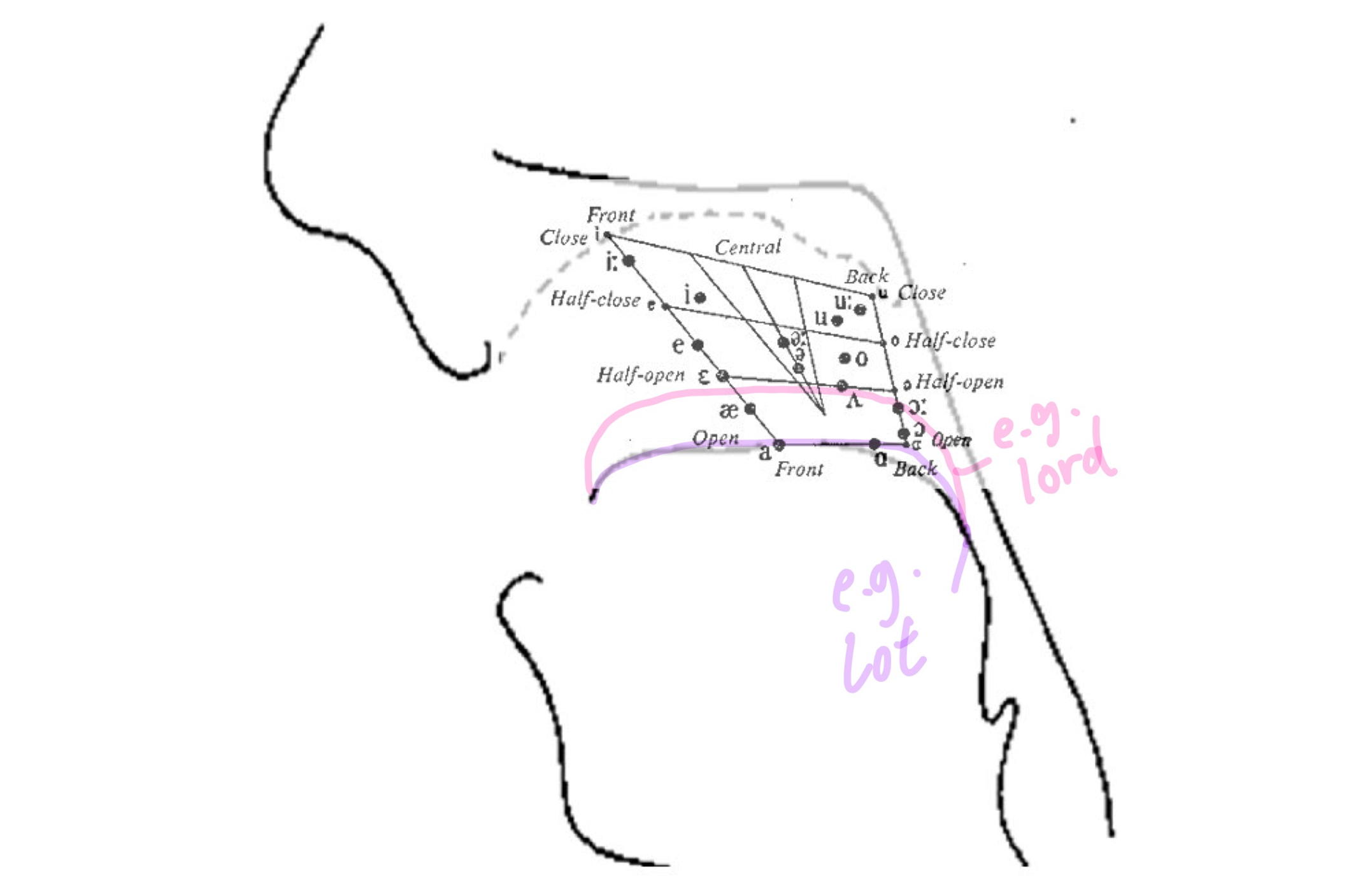
Pronounced in the central part of the vocal tract, with the tongue partly opened and the lips in an unrounded position.
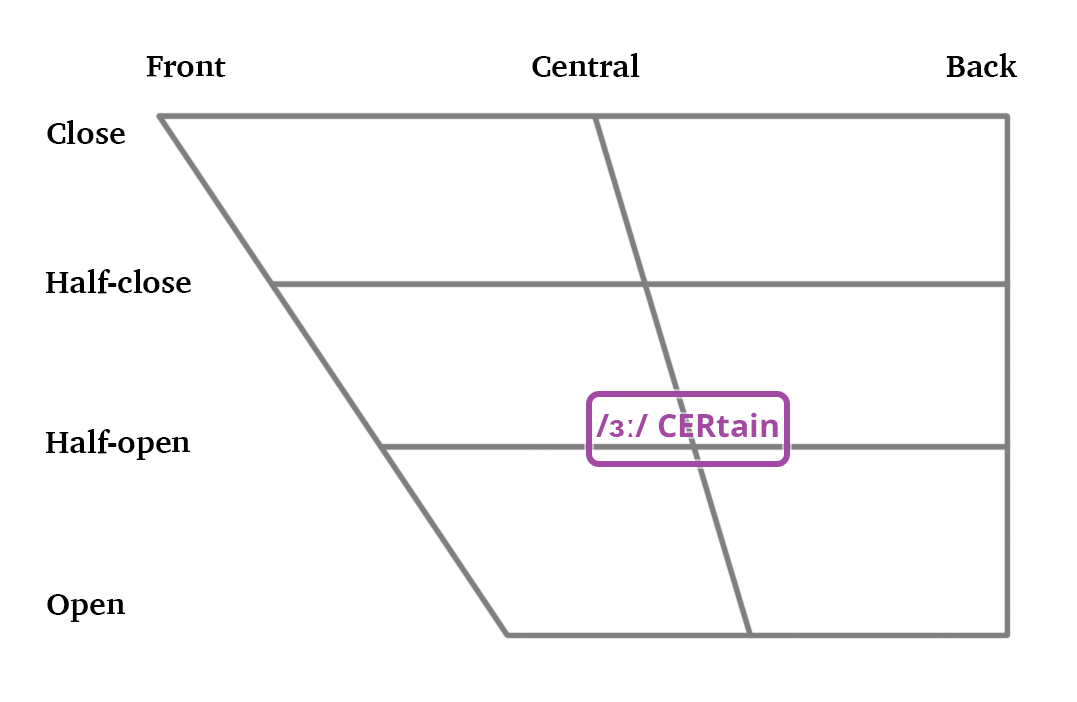
Articulated in the central part of the vocal tract, with the lips partly opened.
